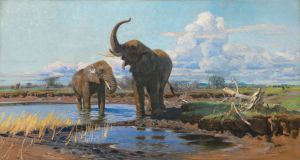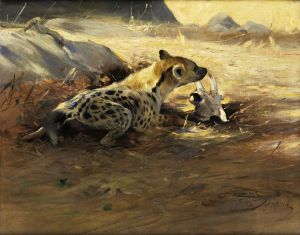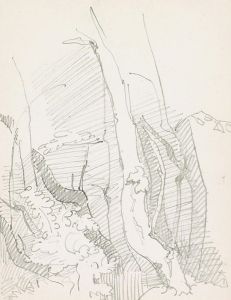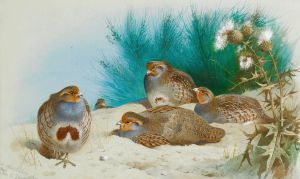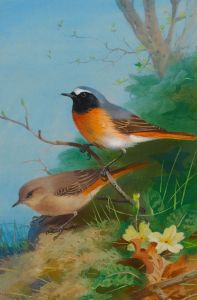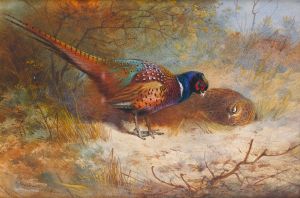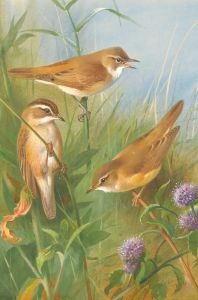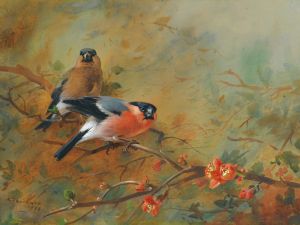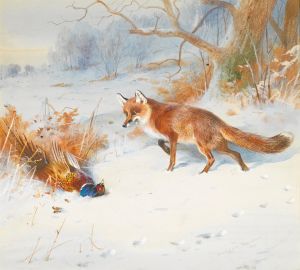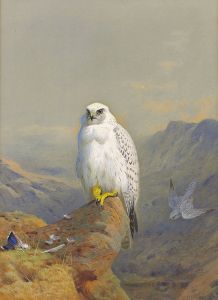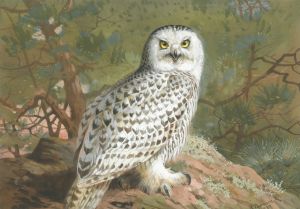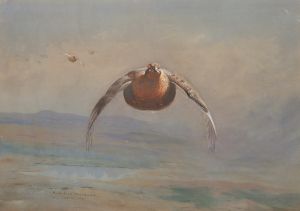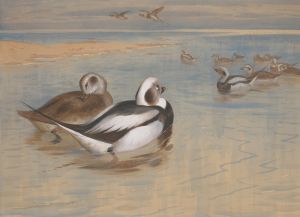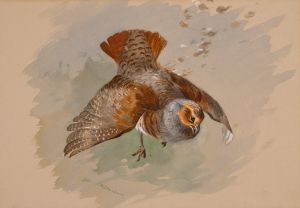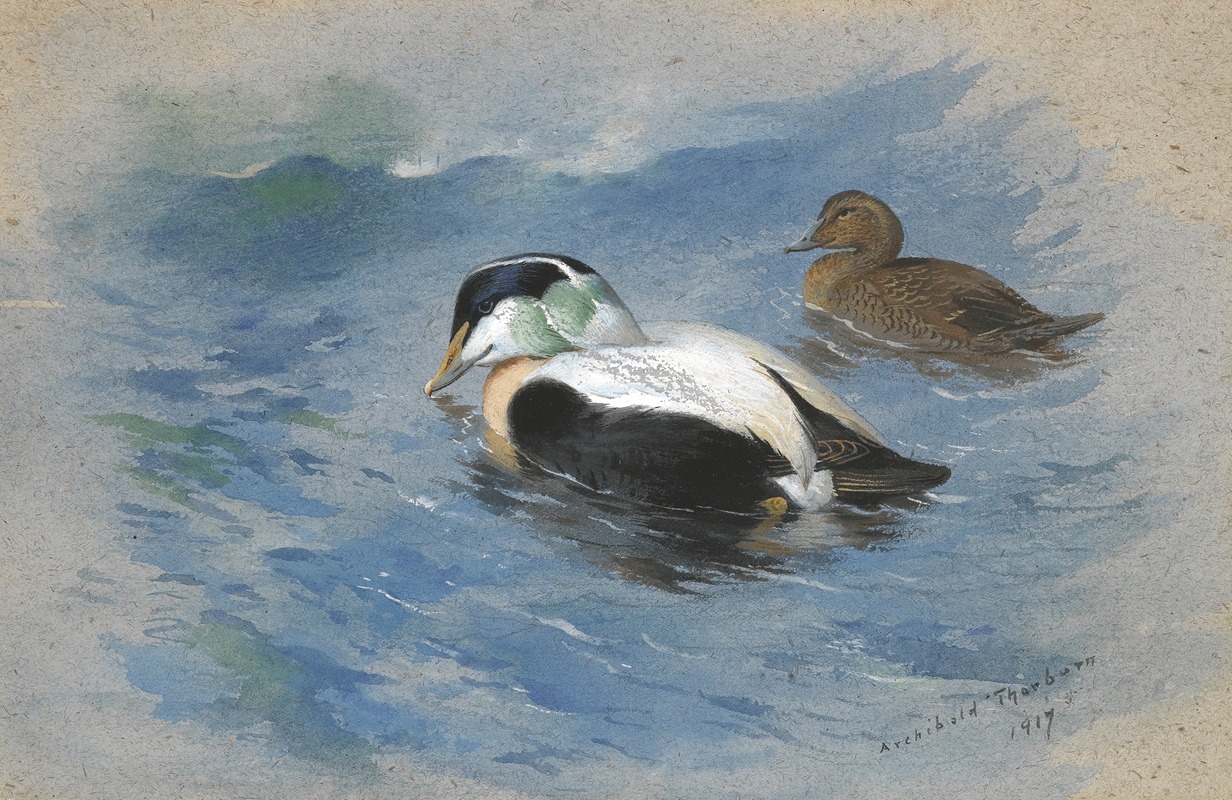
A Pair Of Eider Ducks
A hand-painted replica of Archibald Thorburn’s masterpiece A Pair Of Eider Ducks, meticulously crafted by professional artists to capture the true essence of the original. Each piece is created with museum-quality canvas and rare mineral pigments, carefully painted by experienced artists with delicate brushstrokes and rich, layered colors to perfectly recreate the texture of the original artwork. Unlike machine-printed reproductions, this hand-painted version brings the painting to life, infused with the artist’s emotions and skill in every stroke. Whether for personal collection or home decoration, it instantly elevates the artistic atmosphere of any space.
Archibald Thorburn (1860–1935) was a Scottish artist renowned for his exceptional wildlife paintings, particularly of birds. His work is celebrated for its accuracy, attention to detail, and the ability to capture the essence of the natural world. One of his notable works is "A Pair of Eider Ducks," which exemplifies his skill in depicting avian subjects in their natural habitats.
Thorburn was born in Lasswade, near Edinburgh, and was the fifth son of Robert Thorburn, a miniaturist to Queen Victoria. He developed an early interest in art and nature, which was nurtured by his father. Thorburn studied at St John's Wood School of Art in London, where he honed his skills in drawing and painting. His career took off when he began illustrating books on natural history, which led to commissions from prominent ornithologists of the time.
"A Pair of Eider Ducks" is a testament to Thorburn's dedication to realism and his deep understanding of bird anatomy and behavior. The painting features a male and female eider duck, a species known for its striking plumage and association with coastal environments. The male eider is depicted with its characteristic black and white plumage, while the female is shown in more subdued, mottled brown tones, reflecting the sexual dimorphism typical of the species.
Thorburn's technique involved meticulous observation and sketching from life, often spending long hours in the field to capture the nuances of his subjects. This dedication is evident in "A Pair of Eider Ducks," where the texture of the feathers, the sheen of the water, and the interplay of light and shadow are rendered with precision. The composition of the painting is carefully balanced, with the ducks positioned in a way that suggests movement and interaction, adding a dynamic quality to the scene.
The background of the painting is understated, focusing attention on the ducks themselves while providing context for their natural habitat. Thorburn often employed this technique to emphasize the beauty and individuality of his subjects without distraction. His use of color is both subtle and vibrant, capturing the natural hues of the ducks and their surroundings.
Thorburn's work, including "A Pair of Eider Ducks," played a significant role in popularizing wildlife art in the late 19th and early 20th centuries. His paintings were not only appreciated for their aesthetic value but also served as important records of wildlife, contributing to the study and appreciation of natural history. Thorburn's legacy continues to influence wildlife artists today, and his paintings remain highly regarded by collectors and art enthusiasts alike.
In summary, "A Pair of Eider Ducks" by Archibald Thorburn is a fine example of his mastery in wildlife art, showcasing his ability to combine scientific accuracy with artistic expression. The painting reflects Thorburn's passion for nature and his commitment to capturing the beauty of the natural world, making it a significant piece in the history of wildlife art.





